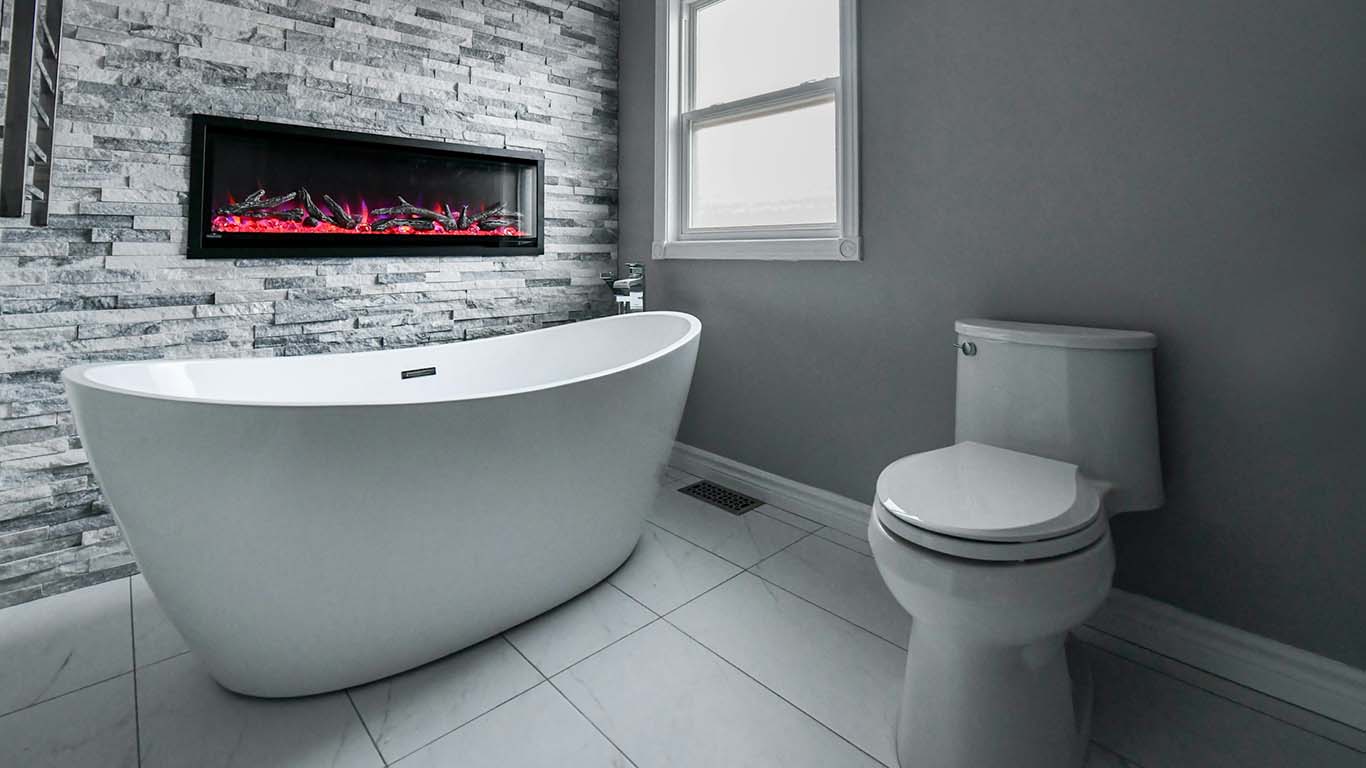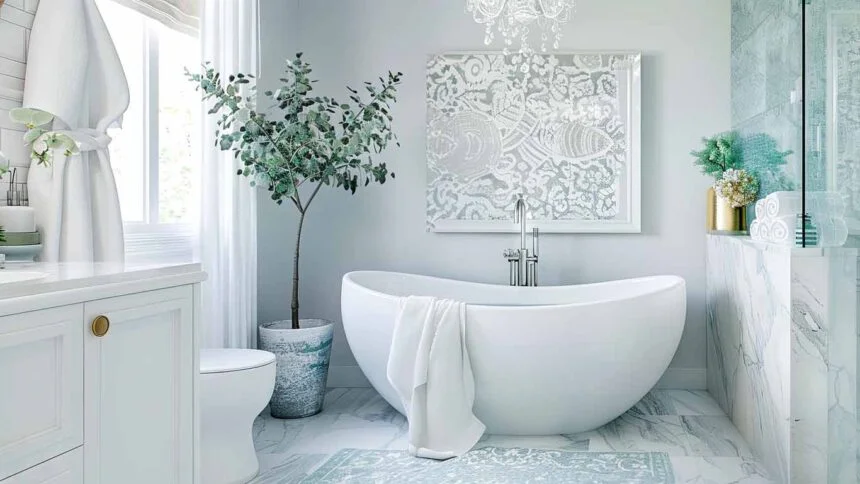In web design, color is vital in capturing attention, evoking emotions, and influencing user behavior. The psychology of colors holds immense power in shaping how users perceive and interact with websites.
Choosing the right color palette is crucial to creating a visually appealing and engaging user experience. This blog post will delve into the fascinating world of color psychology in web design and explore how different colors can impact user perceptions.
Get ready to unlock the secrets of color and learn how to create beautiful websites that leave a lasting impression. Therefore, continue reading before you look for a web developer Michigan.
The Impact of Colors on User Emotions
Colors have a profound impact on our emotions and can elicit powerful reactions. Warm colors like red, orange, and yellow are known for their ability to create a sense of excitement, energy, and passion.
These colors attract attention and stimulate action, making them ideal for call-to-action buttons or promotional banners. In contrast, cool colors like blue, green, and purple evoke a feeling of calmness, tranquility, and trust.
These colors are commonly associated with nature and can be used to create a sense of serenity and reliability. Understanding the emotional associations of different colors is crucial for web designers.
Creating a Harmonious Color Palette
A harmonious color palette is essential for creating a visually pleasing and cohesive web design. By carefully selecting colors that work well together, designers can ensure that the website’s visual elements complement each other, creating a harmonious and balanced look.
One approach to achieving harmony is by using complementary colors. Complementary colors are opposite on the color wheel, such as blue and orange or red and green.
When used together, these colors create a striking contrast that grabs attention and adds visual interest to the design. For example, a website with a blue background might incorporate orange accents to create an eye-catching and dynamic composition.
Cultural and Contextual Considerations
Colors can carry different meanings and associations across various cultures and contexts. While specific colors may have positive connotations in one culture, they may hold negative or contrasting meanings in another.
Therefore, when designing websites for a global audience, it is crucial to consider the cultural implications of color choices to avoid inadvertently conveying the wrong message or causing offense.
For example, in Western cultures, white is often associated with purity, innocence, and weddings. However, in some Eastern cultures, white is associated with mourning and funerals. Therefore, a predominantly white color scheme may not be appropriate for a website targeting audiences from Eastern cultures.
Color Contrast for Accessibility
In web design, color contrast is crucial in ensuring accessibility for all users, including those with visual impairments. Insufficient contrast between text and background colors can make it difficult for individuals with low vision or color blindness to read and navigate a website, resulting in a frustrating user experience.
Designers must prioritize accessibility and consider Web Content Accessibility Guidelines (WCAG) when selecting color combinations. These guidelines provide standards for color contrast ratios that ensure readability and inclusivity.
High contrast between foreground and background colors enhances legibility, allowing users to perceive and comprehend the content quickly. On the other hand, low contrast can lead to eye strain and readability issues.
Using Color Psychology to Drive Conversions
Colors can significantly impact user behavior and influence purchasing decisions. By understanding the psychological effects of different colors, web designers and web developer Michigan can strategically use them to drive conversions and enhance the effectiveness of call-to-action elements.
For example, red is often associated with urgency, creating a sense of FOMO (fear of missing out) and encouraging immediate action. Similarly, green, associated with growth and prosperity, can promote positive buying decisions.
Conclusion
The psychology of colors is a powerful tool that web designers can leverage to create visually appealing, emotionally engaging, and user-friendly websites. By understanding the impact of colors on user perceptions and behavior, designers can choose color palettes that align with the website’s purpose, target audience, and desired emotions.
From evoking specific emotions to enhancing accessibility and driving conversions, colors are crucial in shaping the overall user experience. So, embrace the magic of colors, experiment with different palettes, and let your website come alive with vibrant hues that captivate and resonate with users.







